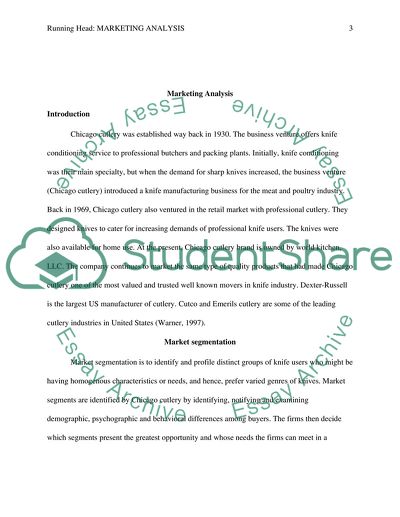Cite this document
(“Marketing of Chicago Cutlery, Dexter-Russell, Cutco,and Emerils Research Paper”, n.d.)
Marketing of Chicago Cutlery, Dexter-Russell, Cutco,and Emerils Research Paper. Retrieved from https://studentshare.org/marketing/1748128-marketing-analysis-of-chicago-cutlery-dexter-russell-cutcoand-emerils-cutlery
Marketing of Chicago Cutlery, Dexter-Russell, Cutco,and Emerils Research Paper. Retrieved from https://studentshare.org/marketing/1748128-marketing-analysis-of-chicago-cutlery-dexter-russell-cutcoand-emerils-cutlery
(Marketing of Chicago Cutlery, Dexter-Russell, Cutco,and Emerils Research Paper)
Marketing of Chicago Cutlery, Dexter-Russell, Cutco,and Emerils Research Paper. https://studentshare.org/marketing/1748128-marketing-analysis-of-chicago-cutlery-dexter-russell-cutcoand-emerils-cutlery.
Marketing of Chicago Cutlery, Dexter-Russell, Cutco,and Emerils Research Paper. https://studentshare.org/marketing/1748128-marketing-analysis-of-chicago-cutlery-dexter-russell-cutcoand-emerils-cutlery.
“Marketing of Chicago Cutlery, Dexter-Russell, Cutco,and Emerils Research Paper”, n.d. https://studentshare.org/marketing/1748128-marketing-analysis-of-chicago-cutlery-dexter-russell-cutcoand-emerils-cutlery.


